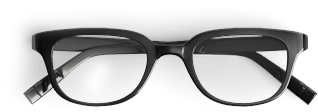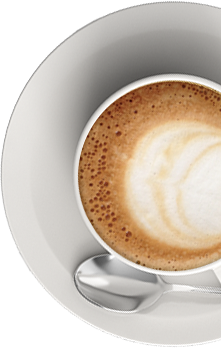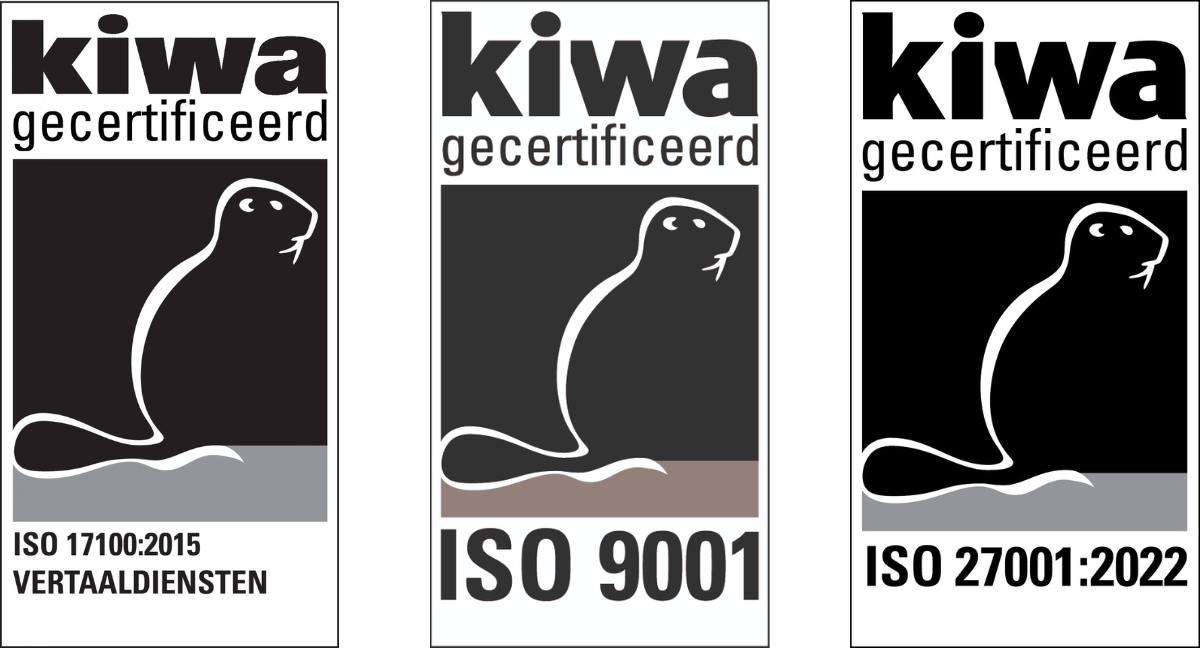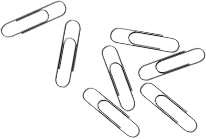German translation agency
- Only experts in the German language
- Get the best German translations….
 German translation agency
German translation agency
With its 120 million native speakers, German is the largest language in Western Europe. Just like Dutch, it belongs to the West Germanic branch of Germanic languages. It is the official language in three countries: Germany, Austria, and Liechtenstein. It is also one of the official languages of Switzerland, Luxembourg, Belgium (East Cantons), Denmark (South Jutland), and Italy (South Tirol). In France (Alsace) and the former German colony of Namibia, German is still spoken, but not an officially recognized language. The places where there are still German communities due to mass emigration are numerous and spread across the world; from Russia, the United States, and Canada to Argentina, Brazil, Chile, and Paraguay.
HGerman and Dutch are strongly intertwined, which is evidenced by the fact that Northern German regional languages seem more like Dutch than the Southern German regional languages. If Standard Dutch and High German (Hochdeutsch) had not existed, there would be no language boundary between the Netherlands and Germany; the dialects would cross over seamlessly (a so-called dialect continuum).
But despite their close relationship, the two languages have plenty of pitfalls. There are a lot of German words that look a lot like Dutch words, but have an entirely different meaning; think of Winkel (corner), See (lake), Meer (sea), calling (blaffen) and schlimm (bad).
Translation always involves cultural elements. Even in closely related languages like Dutch and German, the way in which the target group expresses itself in the other language needs to be taken into account when translating. Translations of direct, informal Dutch texts will need to be far more formal and less direct in German. Therefore, if we need to translate a text into German, we use an in-country translator, a German translator who lives and works in Germany, which means their language and cultural context is all around them on a daily basis.
It goes without saying that quality is our priority, and that starts with the certificates we have obtained: ISO 9001 and ISO 17100. These are the highest achievable European quality standards for translation agencies. We, and the translators we work with meet all the requirements set by these standards. We also offer you a lowest price guarantee and a 100% satisfaction guarantee. If you want to know how it is possible for us to combine the two, you can find out here. Lastly, you can read the opinion of our clients on this independent website.
If you are curious about what the German translation of your texts is going to cost, please fill out the quotation form using the button below. We will send you a customised quote within 30 minutes.
15.000+ clients have already placed their trust in us

Translation Agency complies with the highest attainable certifications: ISO 9001:2015, ISO 17100:2015, and ISO 27001:2022. Top quality, security and service remain our number one priority.


Translation Agency is a member of the VViN and EUATC; Organisations of translation agencies that work together to optimise quality and service.
